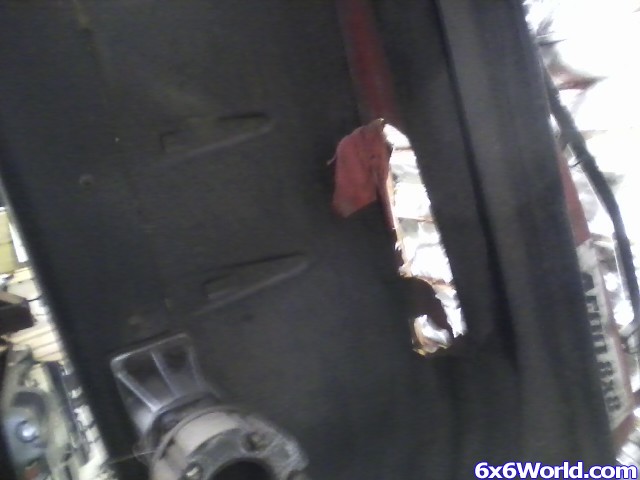
Originally Posted by
Buzz

Indexing allows some of the tires to slightly overdrive the track so that on axles that have chain tensioners, the correct side of the chain (opposite the tensioner) is under load (sometimes significant load) when operating in the forward direction. This is most of what we do and it's important that tensioners-life is considered. Without a functioning tensioner on longer chains you're in a pickle.
In reverse, fixed-position tensioners see significant load. The tensioner side of the chain attempts to push the tensioner down, and notched design of the tensioner on the frame (preventing downward movement) takes all of the load. We accept this because reverse is only used sporadically. This may or may not be true for some people. I know I avoid using reverse if possible and really try not to put heavy driving or pulling loads on my machines in reverse if possible. A moveable tensioner would more easily handle load on both sides of the chain. I like the older moveable conquest tensioners although some people complain of chain slap (what's the big deal?).
When you don't index your tires, you see a situation similar to what happens in reverse: the fixed-position tensioner side of some chains will get severly loaded (but now in the forward direction). It happens because the track will slightly overdrive some of the tires (because the track speed is set instead by an incorrectly placed larger tire in the front), forcing some tires to rotate faster than the chains inside are attempting to drive them. This belt-pulley effect of the track forcing some tires to rotate prematurely is what causes additional stress on the wrong side of the chain and therefore the chain tensioners even when you travel forward. The weight of the machine alone sitting on center tires means that they will be forced to turn if the track travels too fast, even though they have a small contact patch. The belt/pulley effect still takes place, and the tensioners are pushed down by the chains.
Unfortunately it is rare that all tires hold air perfectly, and you can't always make up the necessary difference with air alone. 5 or 6 psi is a really good pressure for our tires. The tires hold their shape fairly well and do a better job in the track. Beyond that is a little too rough in my opinion, and below that allows the tires to bulge a bit too much in some scenarios.
Indexing is best but still requires your machine to waste some horsepower to "overdrive" some tires (to varying degrees). This load is easily handled by your chain, axles and sprockets. They are bigger and stronger than your tensioners, which are not really designed to last long if improperly loaded.
A track tuner frees horsepower even on properly indexed tires because it eliminates the slipping requirement of center tires that would be necessary to otherwise protect chain tensioners, and track tuners also prevent undue tensioner wear (by eliminating the belt/pulley effect of improperly indexed tires)...which is sometimes done on purpose to swap large/small pairs of tires from corner axles to center axles..to adjust track tension.
Again, track tuners are good, and eliminate the need to fully index your tires. Flexibility is nice to have.
To some extent, having the smallest tires at the corners does help with tub clearance as well, but this doesn't seem to be an issue so long as you don't run crazy high air pressure or suffer tub sag from a heavy hard top. Apologies for long answer.





 Reply With Quote
Reply With Quote







